What are Perennial Weeds?
Perennial Weeds are longer lived plants that can survive winter or regrow from roots, rhizomes or tubers in spring after a period of dormancy. Many weeds that grow from seed ...

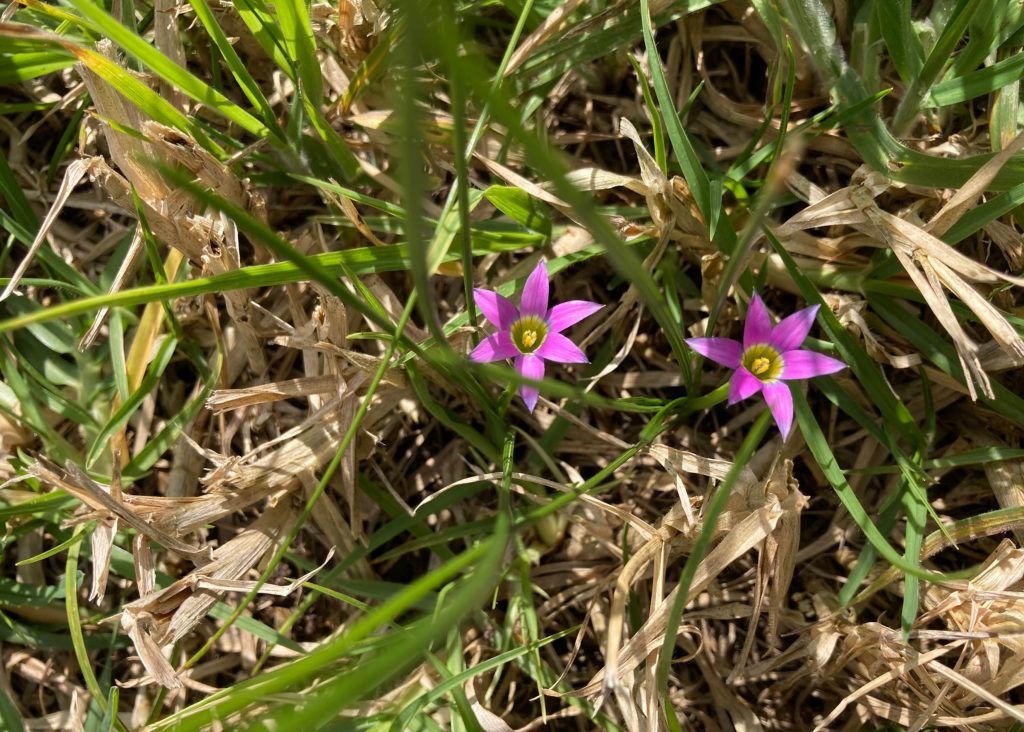 South Australia’s climate is mostly semi-arid to arid in the north, with a temperate zone closer to the coast where summers are warm and winters cool.
South Australia’s climate is mostly semi-arid to arid in the north, with a temperate zone closer to the coast where summers are warm and winters cool.
This variation means you’ll find many different types of weeds trying to make themselves at home in your lawn, depending on where you live.
Because weeds are opportunists, they can grow in places other plants won’t, such as nutrient-deficient, compacted and poorly drained soils.
So it’s no surprise they thrive once they find themselves in a place that is cared for with water and fertiliser on tap.
And since many grass types used in South Australian lawns go dormant in winter, leaving space and nutrients available for weeds, that’s when you’re most likely to notice them.
This means you’ll need to stay on top of tasks such as controlling weeds in your lawn in order to prevent them gaining a foothold and taking over your pride and joy.
Knowing where to start can be tricky, so we’ve put together a guide to common lawn weeds in South Australia.
Read on to learn more about the type of weeds you might encounter, how to identify them, the best methods for killing and preventing weeds, and which products we recommend.
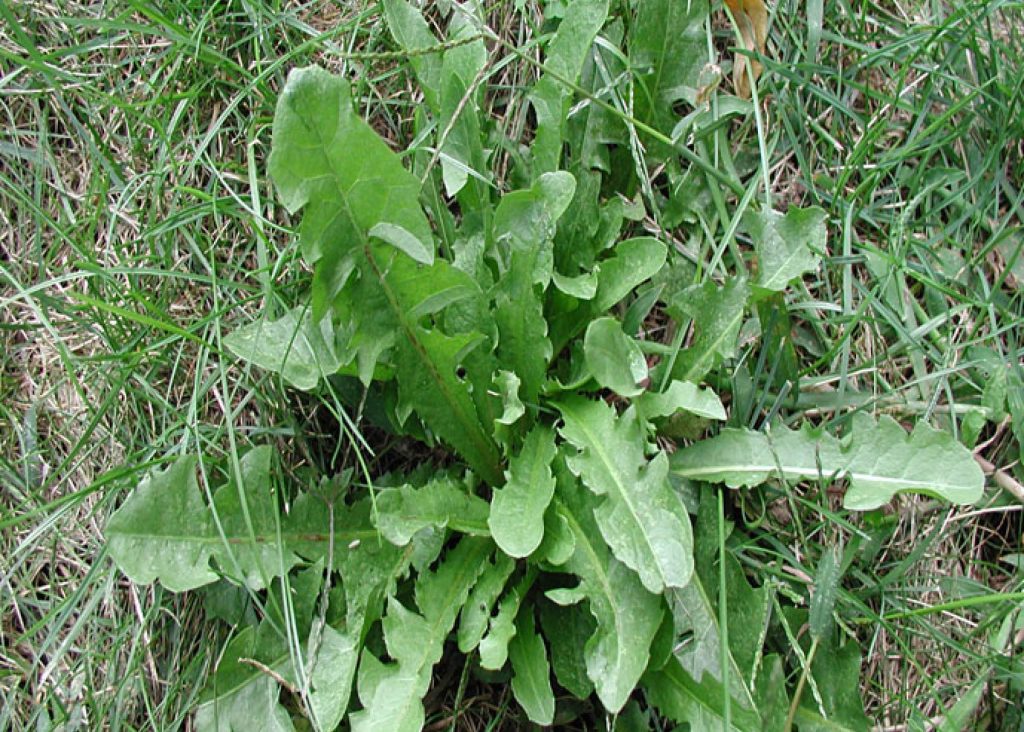 There are two main weed types: Broadleaf weeds and Grassy weeds.
There are two main weed types: Broadleaf weeds and Grassy weeds.
As the name suggests, broadleaf weeds are plants that usually have a wider steam and leaf with a central vein that branches out.
The leaves can be segmented, in a variety of shapes and colours, and once broadleaf weeds mature many develop a tap root and produce visible flowers.
This usually makes them easier to distinguish from your lawn.
By contrast grassy weeds look more like your lawn, with shallow fibrous roots, long thin leaves that may have parallel veins, and what look like joints where the leaf meets the stem.
There’s also a third type of weed that’s neither a broadleaf nor a grass weed: sedge.
Sedges, which are spread by both seeds and underground rhizomes, are extremely hardy weeds with triangular stems and can be difficult to control using common weed killers.
Weeds are also perennial or annual (and occasionally both).
A perennial weed is one that can lay dormant during winter but will regrow every spring from either rhizomes, bulbs or taproots, as well as from seeds in some cases.
Annual weeds are shorter-lived and usually sprout from seed, grow for a season, set seed and die off after a year.
There’s a guide to the most common lawn weeds here.
The South Australian climate provides habitats suitable for a huge number of different weeds.
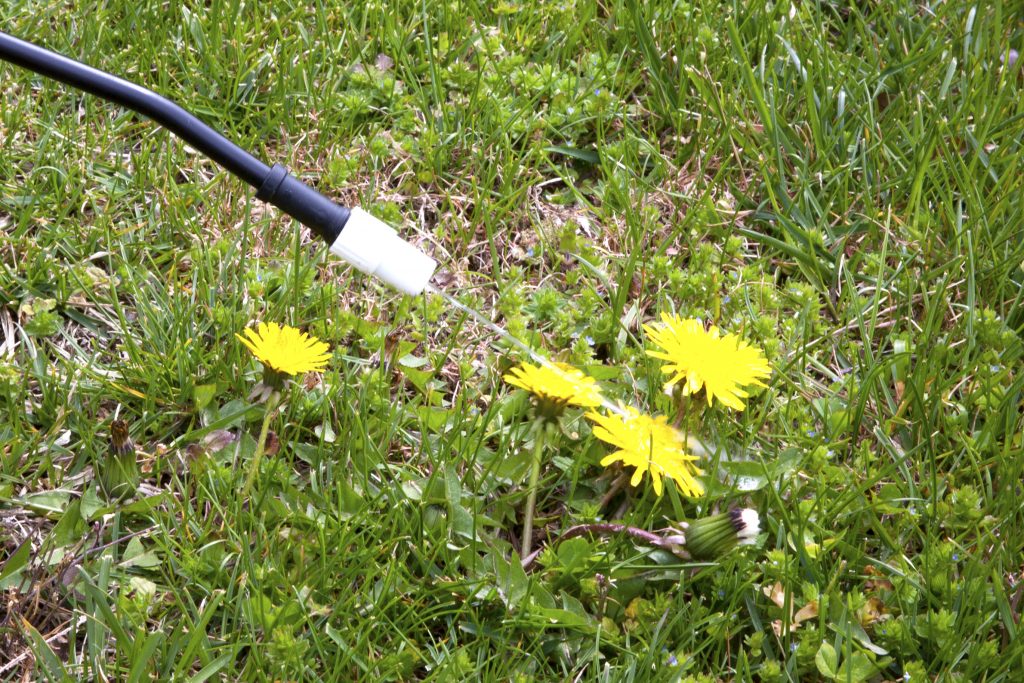 The best method of controlling weeds will depend on the type of grass in your lawn, the type of weed, how large the weeds are and how many there are.
The best method of controlling weeds will depend on the type of grass in your lawn, the type of weed, how large the weeds are and how many there are.
There’s a guide to controlling Broadleaf weeds here and a guide for Grass weeds here.
In general, contact herbicides such as glyphosate will give the quickest results. But because they’re not selective and kill anything they touch, including your lawn, you’ll need to be very careful with application.
Selective herbicides are usually safer for your lawn because they target specific weeds. If you’re still not sure what weed you’re working with, it’s best to seek advice from a lawn care professional.
Whenever working with herbicides always wear safety equipment such as gloves, protective glasses, boots and overalls, read the directions on the product label before use, and follow the instructions for application.
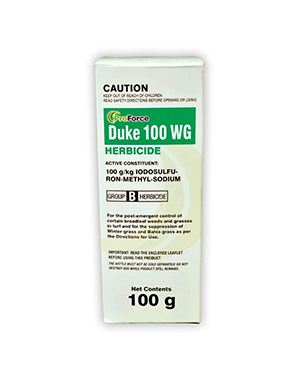
Indigo Duke 100WG 100gm is a selective herbicide for controlling a range of broadleaf weeds and suppressing grass weeds. It can be used on Kikuyu, Buffalo and common or hybrid Couch grasses, but not Queensland Blue Couch or Zoysia grasses.
SHOP NOW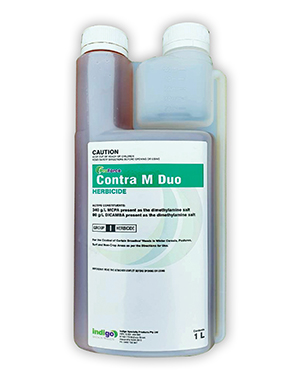
Indigo Contra M Duo 1L controls a very large range of broadleaf weeds. It is suitable for use on Zoysia, Kikuyu and Couch grasses, but cannot be used on Buffalo lawns.
SHOP NOW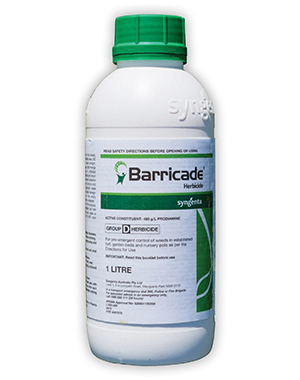
Syngenta Barricade 1L is a pre-emergent liquid herbicide that prevents a range of grass weeds as well as several broadleaf weeds. It is suitable for use on Zoysia, Kikuyu, Buffalo and Couch grasses.
SHOP NOW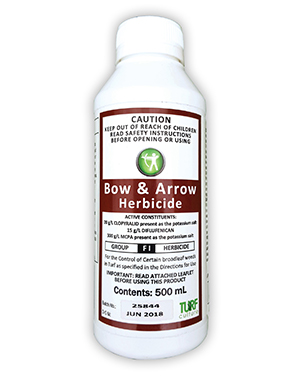
Turf Culture Bow and Arrow 500mL is a liquid herbicide with outstanding broadleaf weed control at very low application rates. It is suitable for use on Zoysia, Kikuyu, Buffalo and Couch grasses. Temporary discolouration can occur on Kikuyu, Carpet Grass and Queensland Blue Couch.
SHOP NOW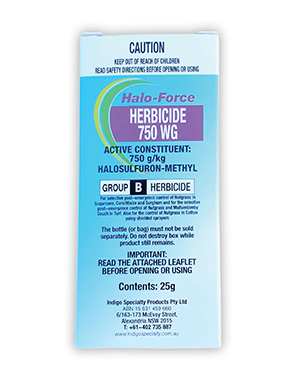
Indigo Halo-Force 750WG 25gm can be used for selective post-emergence control of Nut Grass and Mullumbimby Couch. It is suitable for use on Kikuyu, Couch and Buffalo lawns.
SHOP NOW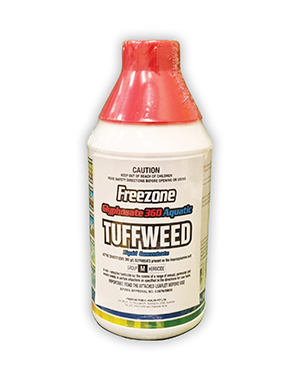
TUFFWEED Liquid Glyphosate 1L super concentrate is a non-selective herbicide that combats the toughest of all types of weeds, from broadleaf to grass, sedge and woody weeds. This includes weeds such as Blackberries, Thistles and Nut Grass.
You can browse the full range of products from leading lawn care brands in myhomeTURF’s online store here.
SHOP NOW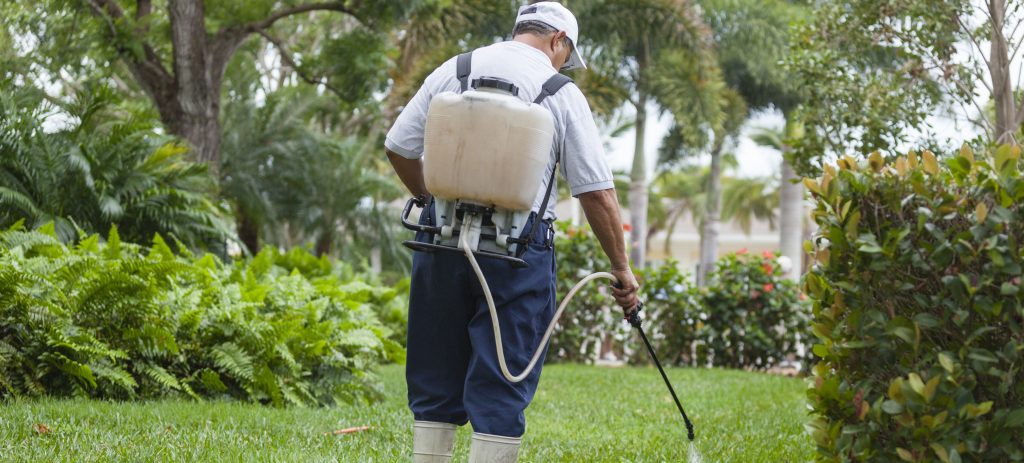 Plants must be actively growing, not under stress from pests, disease or waterlogging, and the leaves dry.
Plants must be actively growing, not under stress from pests, disease or waterlogging, and the leaves dry.
It’s best to tackle weeds before they flower or set seed to reduce the likelihood of the problem popping up again next year.
Avoid applying selective herbicide within two hours of rain or irrigation, or during very dry or frosty conditions.
If using glyphosate, don’t apply within six hours of rain and don’t disturb or mow the treated area for seven days after spot spraying.
It can take 7-10 days for the first signs, such as yellowing foliage, to appear and 4-6 weeks for the plant to die.
If there’s new growth or regrowth during that time, repeat treatment.
Keep people and pets off treated areas until the sprayed solution has dried and don’t feed clippings from treated areas to chickens or other animals.
Glyphosate is a contact herbicide, so it will kill any plant it touches.
Effects can usually be seen in 3-7 days on annual weeds, and 2-3 weeks or longer on perennial weeds, depending on weather conditions after application by spot spraying or wick wiping.
Spot spray only with selective herbicides that are suitable for your grass variety.
In areas where weeds that spread via seed are a known problem, you could try using a pre-emergent herbicide in autumn to stop weed seeds from germinating in the following spring.
myhomeTURF recommends OxaFert, which is a combination product containing both fertiliser and pre-emergent herbicide.
You can browse the range of products from leading lawn care brands in myhomeTURF’s online store here.
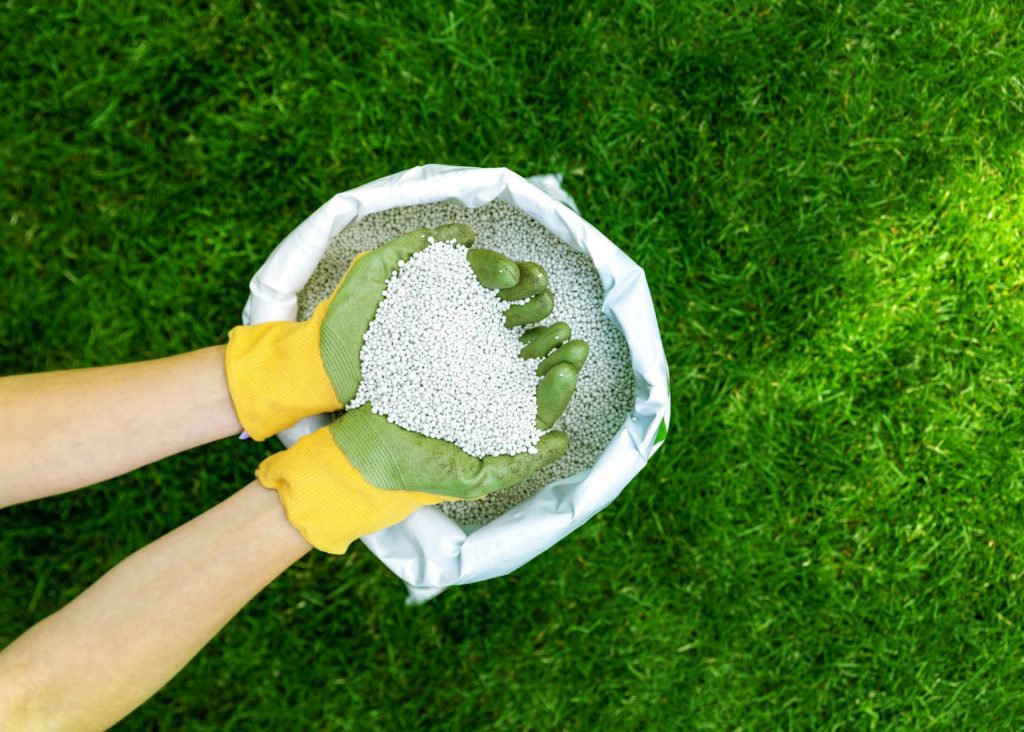 The best way to avoid damaging your lawn is to prevent weeds from gaining a foothold by caring for your lawn properly, using the right kind of fertiliser, maintaining the optimum soil pH and mowing your lawn to the recommended height.
The best way to avoid damaging your lawn is to prevent weeds from gaining a foothold by caring for your lawn properly, using the right kind of fertiliser, maintaining the optimum soil pH and mowing your lawn to the recommended height.
Other preventative measures include fixing any drainage or irrigation issues and stopping water from collecting in hollows in your lawn.
The second best method is to remove small plants by hand.
There’s a guide to Pulling Weeds From Your Lawn here.
Most larger weeds can be dug up with a sharp spade, taking care to leave a generous margin around and under the roots, as well as making sure to pick up any runners, tubers and bulbs that might be left behind.
Avoid cultivating weeds that spread via runners, tubers and bulbs – chopping them up will only spread pieces that can then grow into more new plants.